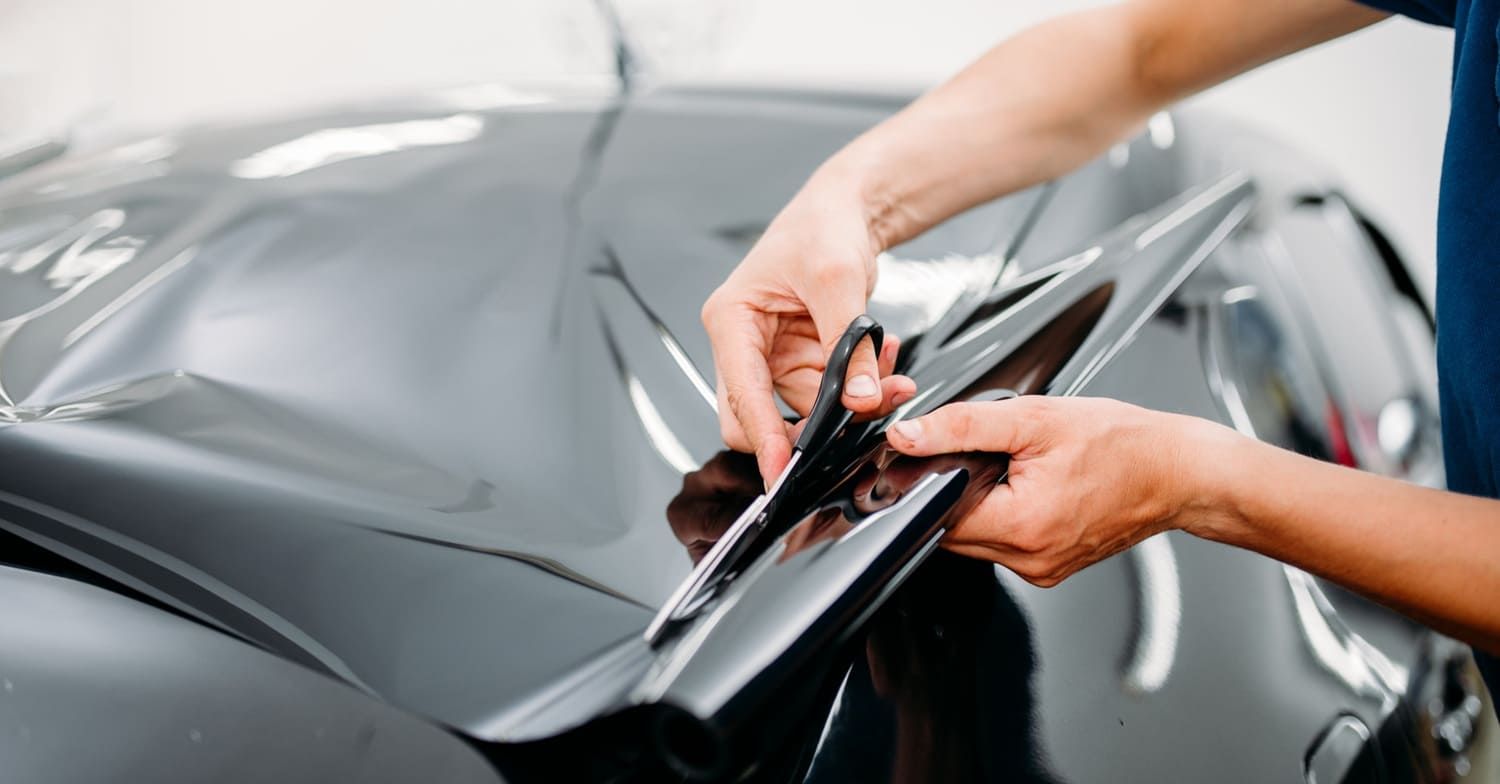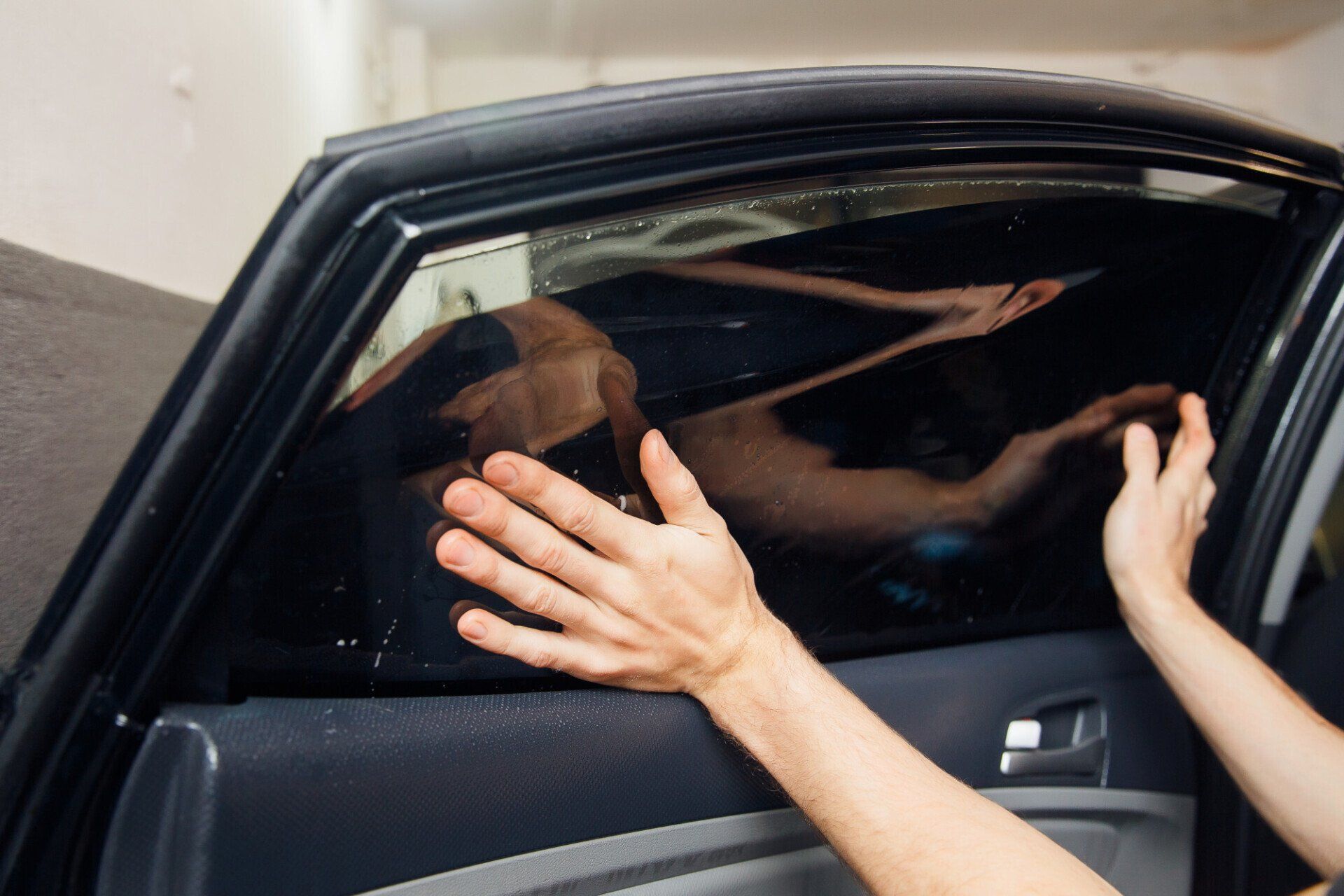Never Let Your iPhone Die Again: The Ultimate Charging Solutions for Unstable Power
In today’s hyperconnected world, your iPhone isn’t just a phone—it’s your lifeline to work, family, entertainment, and emergency services. Whether you’re navigating through a storm, working remotely from a cabin, or dealing with frequent power outages, maintaining your iPhone’s battery life becomes critical. Understanding the different charging methods and having reliable home backup power ensures you stay connected when traditional power sources fail.
Cable Charging: The Foundation of iPhone Power
Cable charging remains the most efficient and fastest method for powering your iPhone. Modern iPhones support various cable charging standards, each offering different power delivery capabilities. The standard Lightning to USB-A cable provides 5 watts of power, offering reliable but slower charging speeds that can take 2-3 hours for a full charge.
For faster charging, USB-C to Lightning cables paired with compatible power adapters can deliver up to 20 watts of power, reducing charging time to approximately 1 hour for most iPhone models. This fast charging capability becomes especially valuable when you have limited time or unstable power availability.
The reliability of cable charging makes it the preferred method during emergencies or unstable power conditions. The direct connection ensures maximum power transfer efficiency, typically achieving 85-95% charging efficiency. Cable charging also allows simultaneous device use while charging, making it ideal for extended work sessions or emergency communications.
However, cable charging has limitations. Cables can break, connectors can wear out, and the physical connection requirement limits mobility. During power outages or outdoor activities, finding compatible charging ports becomes challenging without proper backup power infrastructure.
Wireless Charging: Convenience Meets Innovation
Wireless charging has revolutionized how we power our iPhones, offering unprecedented convenience and reducing wear on charging ports. Modern iPhones support Qi wireless charging standards, typically delivering 7.5 watts of power through compatible charging pads and stands.
The convenience factor of wireless charging cannot be overstated. Simply placing your iPhone on a charging pad eliminates the need for cables and reduces connector wear. This method is particularly valuable in office environments, bedrooms, and cars where frequent charging occurs throughout the day.
MagSafe wireless charging, introduced with iPhone 12 and later models, delivers up to 15 watts of power while providing magnetic alignment for optimal charging efficiency. This technology combines the convenience of wireless charging with improved power delivery and positioning accuracy.
Wireless charging stations create dedicated charging zones in homes and offices, allowing multiple devices to charge simultaneously. However, wireless charging requires more power from the source due to energy loss during transmission, typically achieving 70-80% efficiency compared to cable charging.
Power Stations: Your iPhone’s Ultimate Backup Solution
When stable power isn’t available, a reliable power station becomes essential for maintaining iPhone connectivity. Power stations provide the consistent, clean electricity needed for both cable and wireless charging methods, ensuring your iPhone remains operational during outages, outdoor adventures, or remote work situations.
Modern power stations offer multiple charging options, including USB-A ports for traditional charging, USB-C ports for fast charging, and AC outlets for wireless charging pads. This versatility ensures compatibility with all iPhone charging methods and accessories.
The capacity of power stations determines how many times you can fully charge your iPhone. A typical iPhone battery holds approximately 12-15 watt-hours of energy, meaning a 1000 watt-hour power station can charge your iPhone 60-80 times before requiring recharging.
Power stations also provide stable voltage output, protecting your iPhone from power fluctuations that could damage the battery or charging circuitry. This clean power delivery extends battery life and ensures optimal charging performance.
Conclusion
Your iPhone’s connectivity depends on reliable power, whether through efficient cable charging or convenient wireless charging. When stable power isn’t available, a quality power station becomes your lifeline to maintaining communication, productivity, and safety. By understanding these charging methods and investing in backup power solutions, you ensure your iPhone never leaves you disconnected when you need it most.



